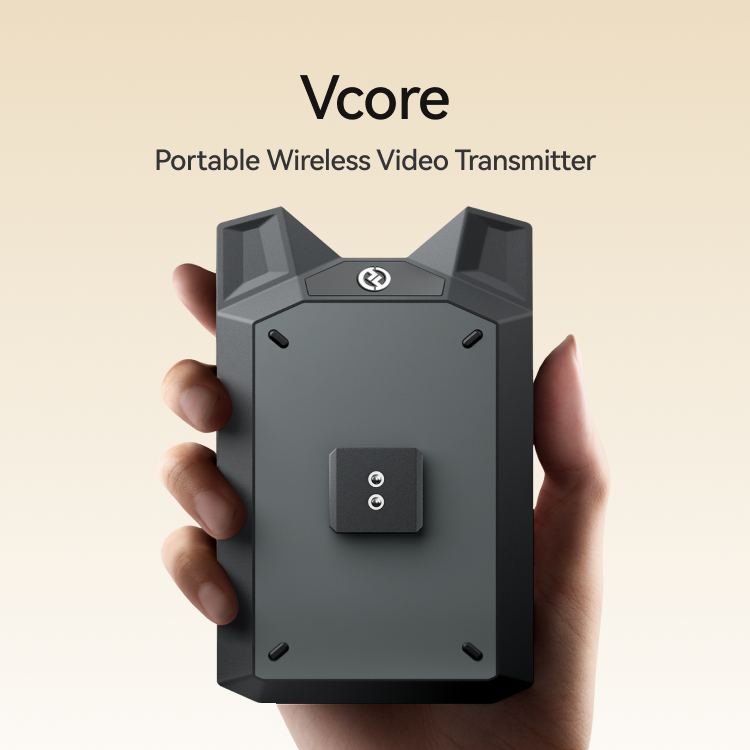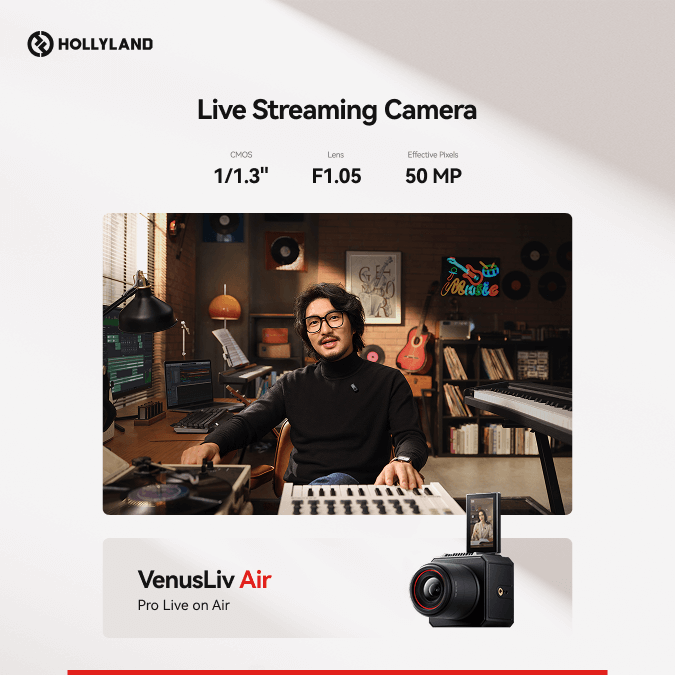Finding headphones that fit well is hard if you have a small head. Poorly fitting headphones aren’t just uncomfortable – they also sound worse. Loose headphones leak sound and lose bass, while the tight ones start to hurt after a while. If you work with sound or you like to keep your headphones on a lot, you’ll have to find one that’s the right size. But you can’t go around trying every headphone, so in this guide, we’ll show you the best headphones for small heads. We’ll discuss some comfortable yet high-quality options for you and how to find the perfect one for your head size.

Key Factors to Consider When Choosing Headphones for Small Heads
- Headband
The headband is the most important component of a correct fit. When selecting headphones for a small head, look for headbands with a wide adjustment range to allow flexibility. This allows you to tailor to size without feeling too loose or tight. Headband padding matters too. A uniformly padded headband distributes pressure evenly across the top of the head instead of just the prominent parts. This makes sure there’s no discomfort to particular spots during long listening sessions. The material of the headband also plays a role in comfort; flexible materials like silicone or lightweight plastics adapt better to various head shapes and sizes.
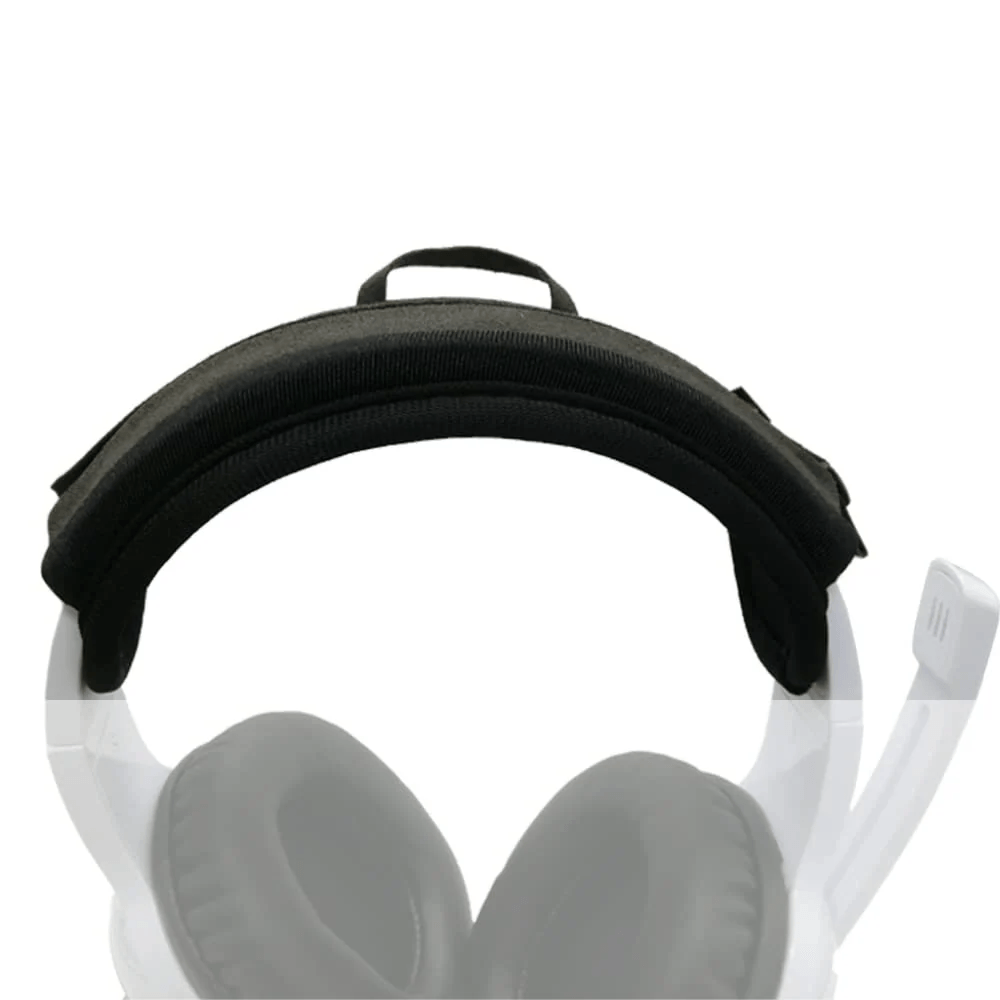
- Ear Cups
Ear cups are an important factor in headphone comfort. Smaller ear cups tend to sit better on small heads, as larger ones can feel bulky or awkward. Soft, high-quality cushioning in the cups is a plus. You don’t want the cartilage of your ears to be pressured by a tough cushion, especially for extended wear. When choosing between on-ear and over-ear styles, consider which suits your head size best. On-ear headphones rest on the ears and might be more suitable for smaller heads, while over-ear models fully encase the ears, offering better sound isolation but potentially feeling too large.
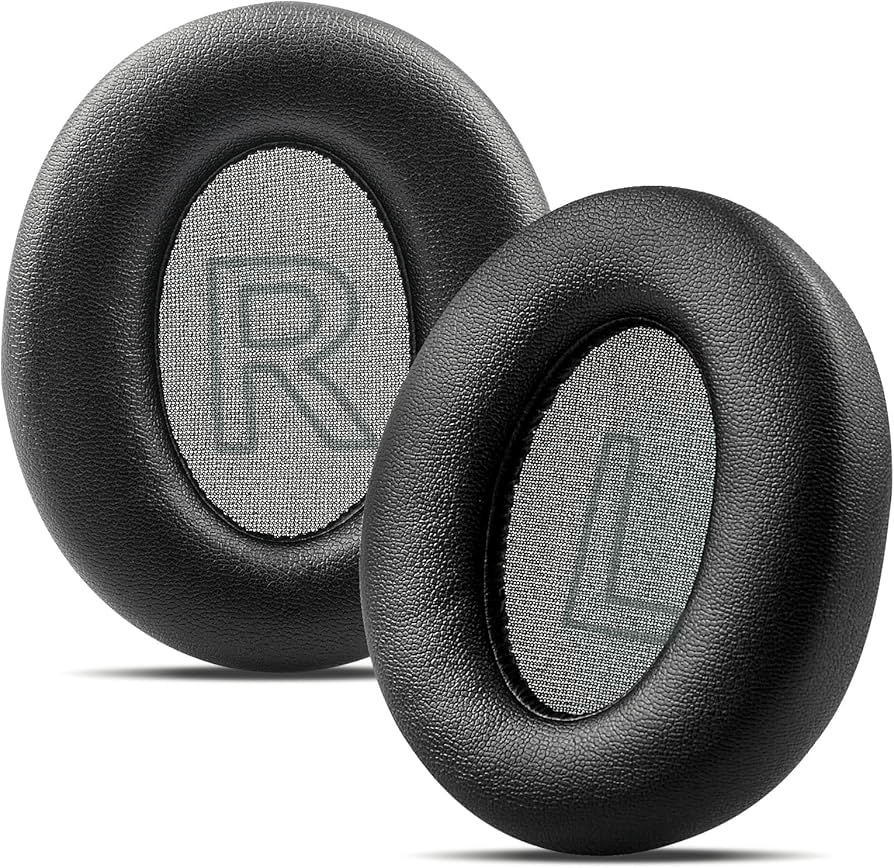
- Sound Quality
Fit is the key consideration here, but that doesn’t mean we can sacrifice sound quality. A proper fit can actually enhance your listening experience, and fitted headphones provide better sound isolation, improving clarity and bass response. Look for headphones that deliver balanced audio, with crisp highs, clear mids, and rich bass, without sacrificing comfort.
- Price & Reviews
Higher prices often come with better materials, durability, and enhanced features, but not always. Budget considerations matter, but investing in durable headphones with a comfortable fit can be more cost-effective in the long run. You can make sure you’re getting good value for your money through reviews. Other users with small heads are the best resource for information of this kind.
Best Headphones For Small Ears
- Bose 700
The Bose 700 is a premium noise-canceling headphone known for its sleek design and excellent sound quality. Its headband features a unique stainless steel construction that allows for a wide range of adjustments, making it suitable for smaller heads. The ear cups are angled for a better fit, and the lightweight design (only 254g) ensures comfort during long listening sessions. The cushions use memory foam, which adapts to the user’s head shape for a personalized fit.
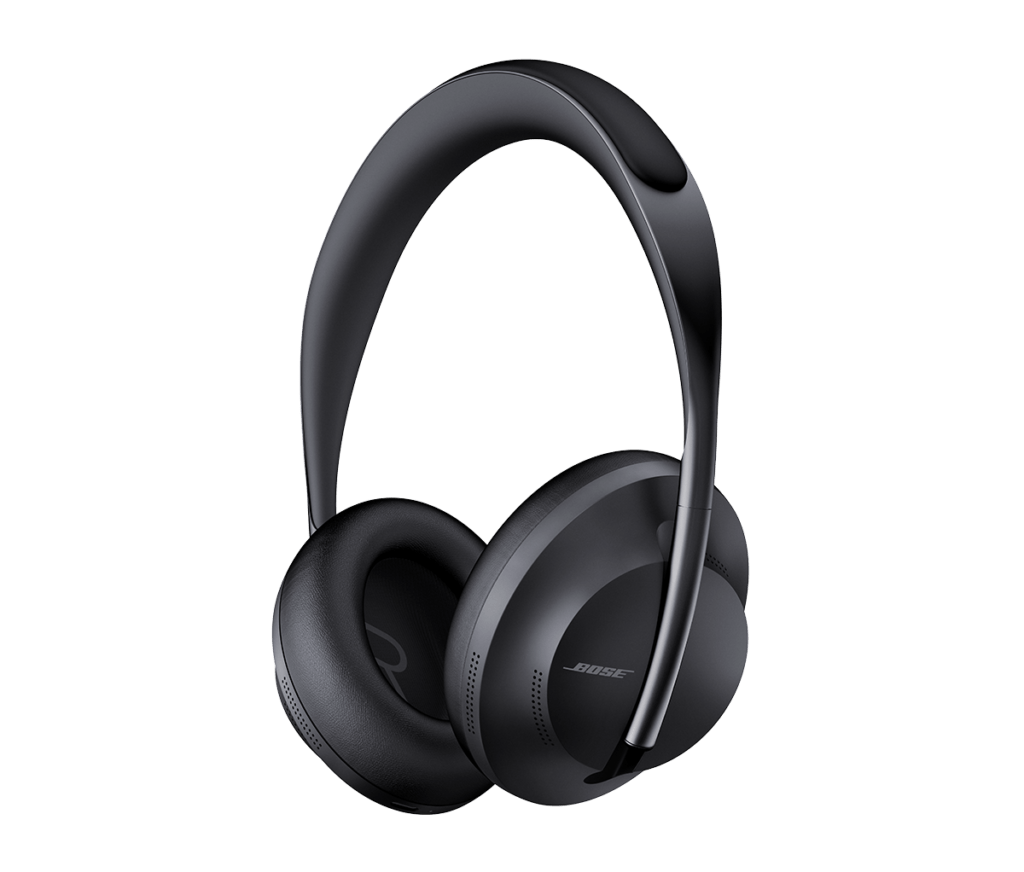
- Beyerdynamic DT 770 PRO
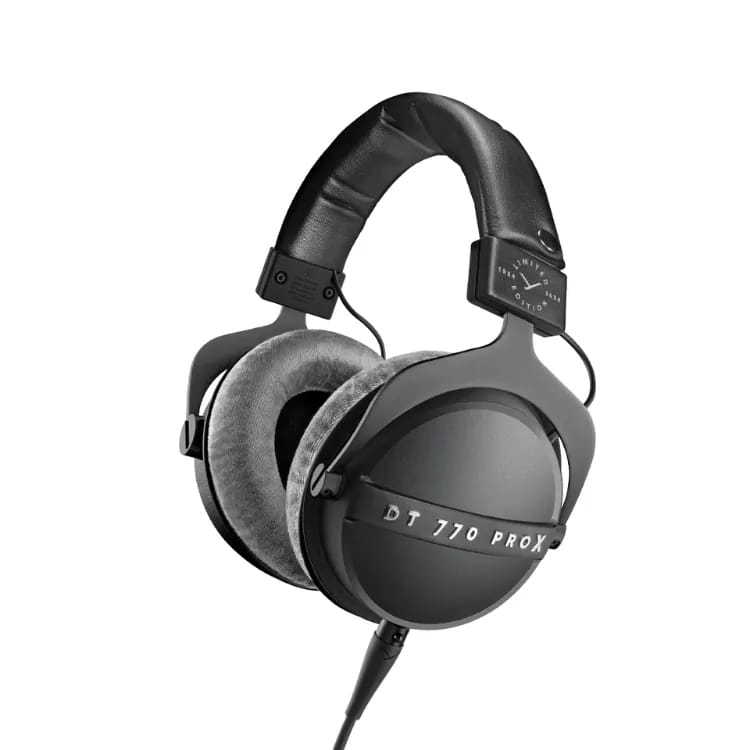
The Beyerdynamic DT 770 PRO is a professional-grade, closed-back studio headphone renowned for its durability and sound accuracy. Its design includes a fully adjustable spring steel headband that can accommodate various head sizes, including smaller ones. The velour ear pads are comfortable and replaceable, allowing for customization. Despite being slightly heavier at 270g, the weight distribution is excellent, preventing pressure points on smaller heads.
- Edifier W800BT Plus
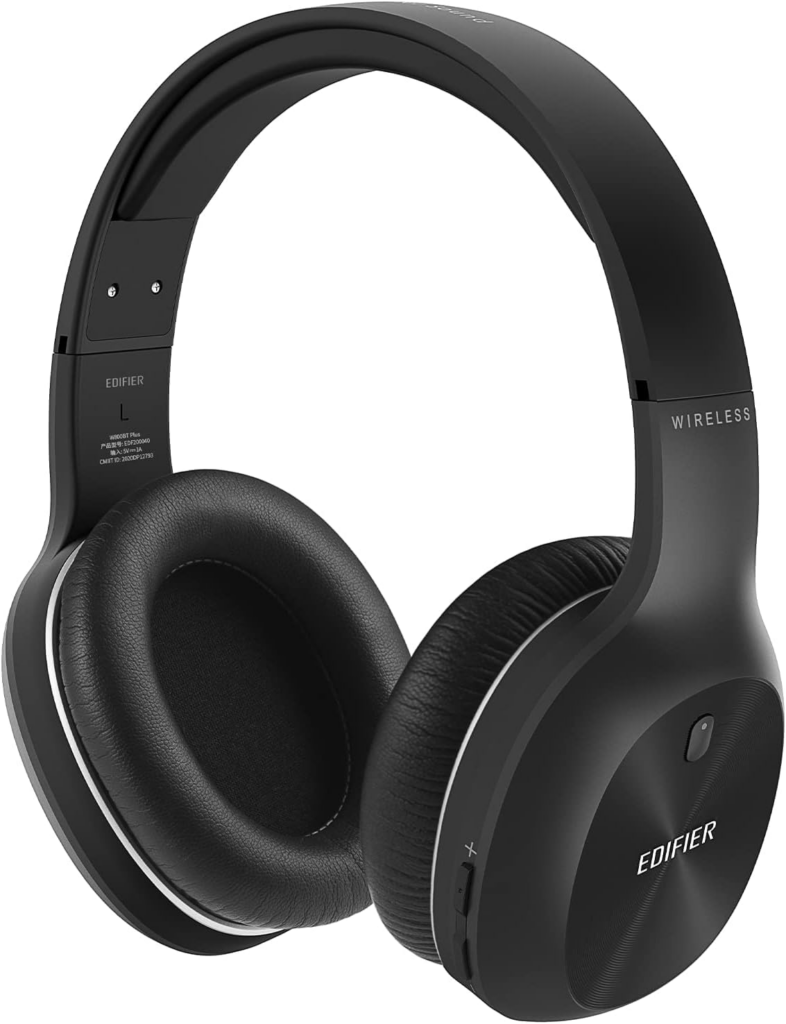
The Edifier W800BT Plus is a budget-friendly wireless over-ear headphone that doesn’t compromise on comfort. Its design features lightweight plastic construction and a highly flexible headband that can fit snugly on smaller heads. The ear cups are generously padded and can rotate 90 degrees, allowing for a custom fit. With a weight of just 220g, these headphones are particularly suitable for extended wear on smaller heads.
- Sony WH-1000XM3
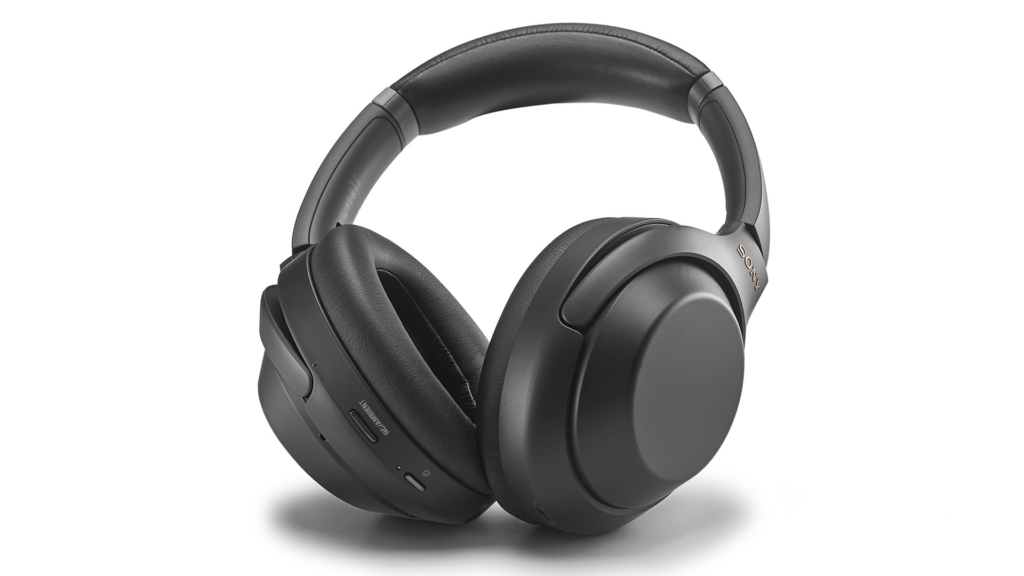
The Sony WH-1000XM3 is a top-tier noise-canceling headphone known for its superior sound quality and comfort. Its design incorporates a wide, padded headband that distributes weight evenly, making it comfortable for smaller heads. The ear cups feature thick, pressure-relieving cushions that adapt to the user’s head shape. At 255g, these headphones strike a good balance between sturdiness and lightweight comfort, with a folding design for easy portability.
- Beats Solo3 Wireless

The Beats Solo3 Wireless is a popular on-ear headphone that offers a compact design that is particularly suitable for smaller heads. Its adjustable headband allows for a precise fit, while the pivoting ear cups ensure they sit comfortably on the ears. The cushions are designed to be both comfortable and provide good sound isolation. Weighing only 215g, these headphones are among the lightest in this selection, making them ideal for extended wear on smaller heads.
- JBL TUNE 510BT
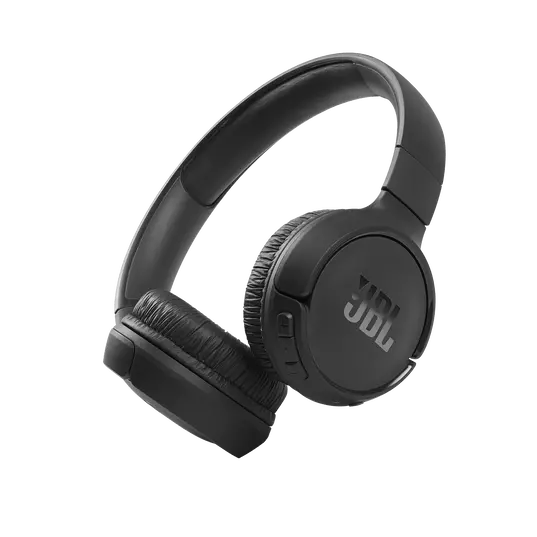
The JBL TUNE 510BT is an affordable wireless on-ear headphone that offers surprising comfort for its price point. Its design features a lightweight plastic construction with a padded, adjustable headband that can accommodate smaller head sizes. The ear cups are compact and well-padded, making them comfortable for extended periods. At just 160g, these are the lightest headphones in this selection, making them an excellent choice for those with smaller heads who prioritize comfort and portability.
Tips for Ensuring a Good Fit with Headphones for Small Heads
- Try Before You Buy: If possible, test headphones in-store. Wear them for at least 15 minutes to properly assess comfort and fit.
- Check Adjustability: Extend the headband to its smallest setting. Ensure that even in this setting, it’s not still too large for your head.
- Assess Pressure Points: Pay close attention to any discomfort on top of your head or around your ears. While slight pressure is normal, it shouldn’t be painful.
- Test the Seal: For over-ear headphones, check if the ear cups fully enclose your ears. There shouldn’t be any gaps that let in outside noise, as this can affect sound quality.
- Move Around: Walk, nod, and shake your head gently while wearing the headphones. They should stay securely in place without slipping or shifting.
- Consider Your Hairstyle: Try on headphones with your usual hairstyle, as some styles might significantly affect fit and comfort.
- Check for Fatigue: If possible, wear the headphones for an extended period. Be aware of any increasing discomfort over time, which can indicate a poor fit.
- Look for Return Policies: Choose retailers with good return policies. This allows you to test the headphones at home for longer periods, ensuring they’re truly comfortable for extended use.
- Customizable Options: Some brands offer headphones with interchangeable parts. These can help you achieve a more personalized fit, which is especially useful for smaller head sizes.
Alternative Options for Small Heads
What works best can vary from person to person, even among those with similarly sized heads. If you’re still struggling with traditional headphones, perhaps you can try out some high-quality alternatives like On-ear Headphones, In-ear Monitors, or Earbuds.
While they provide better sound quality and noise cancellation, over-ear headphones can be bulky and uncomfortable if not perfectly fitting. On-ear Headphones sit directly on the ears and are often more compact and lighter. They can be a good fit for smaller heads but usually offer less noise cancellation. They may also cause ear fatigue faster during long sessions.
Earbuds and In-ear Monitors (IEMs) are also great alternatives if you can’t find headphones that fit snugly. Earbuds rest in the outer ear, so the shape of your head is never a factor. They’re typically very lightweight, so they may fall out during a lot of movement.
In-ear Monitors (IEMs) are also pretty cool if you don’t want to sacrifice any sound quality. They go right into the ear canal and are size-dependent, so excellent for small heads. They come with multiple sizes for a custom fit. The noise isolation is great, and quality of audio is unimpacted.
Conclusion
Finding the right headphones for small heads doesn’t have to be a struggle. No matter the head size, anyone can discover comfortable options that deliver excellent sound quality. We’ve discussed a few great options, but don’t be afraid to explore alternatives like on-ear headphones or in-ear monitors if traditional over-ear models don’t suit you. Remember to take advantage of return policies and, when possible, try before you buy. With the right approach, you can find headphones that fit well, sound great, and enhance your listening experience. Your perfect audio companion is out there.
While finding comfortable headphones for smaller head sizes can be challenging, comfort and clear communication are just as critical when coordinating live productions and events. For extended usage in scenarios like music concerts or electronic field productions, a wireless intercom system not only ensures excellent audio quality but also provides tailored headset designs for lasting comfort.
FAQs
Q: How can I make my current headphones fit better if I have a small head?
A: To make your headphones fit better on a small head, adjust the headband, add padding to the ear cups or band, or use a headphone strap. These modifications improve fit and reduce discomfort during extended wear.
Q: What features should I look for in headphones for a small head?
A: For small heads, look for headphones with adjustable headbands, smaller ear cups, and memory foam padding. Lightweight designs and flexible materials also enhance comfort and ensure a secure, custom fit for extended listening sessions.
Q: How do I measure my head for headphones?
A: Use a soft tape measure to measure the circumference of your head, starting above your ears and across your forehead. Compare this measurement with the headphone band size to select the correct fit.
Q: Why do regular headphones hurt my ears?
A: Regular headphones might hurt due to excessive clamping pressure, ear cup size mismatches, or hard padding materials. Opt for models with adjustable headbands, softer cushions, and a relaxed clamping force to alleviate ear discomfort during long listening sessions.
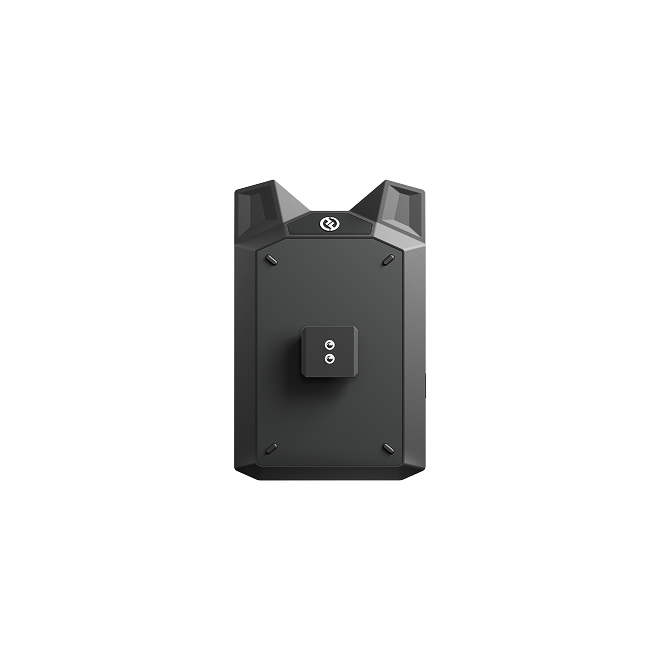

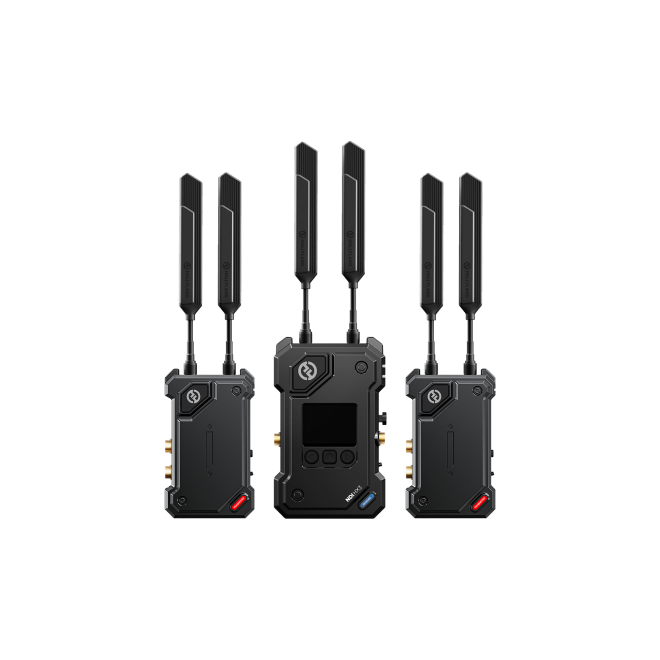
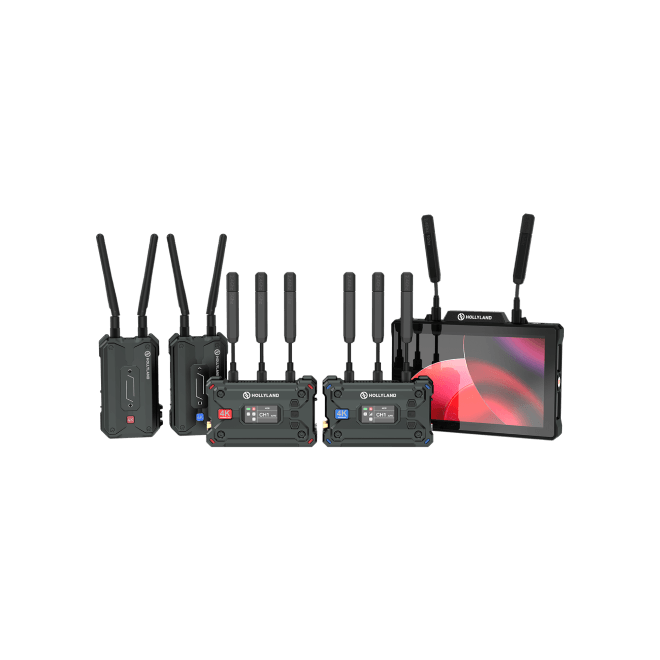
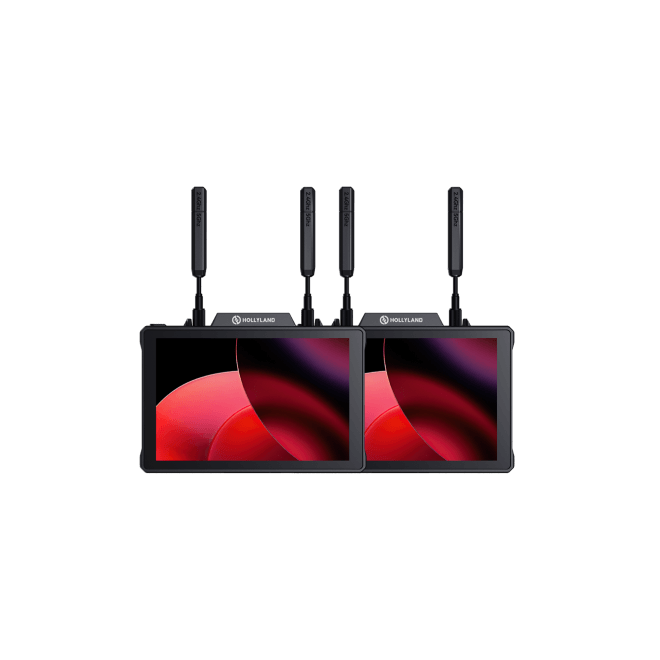
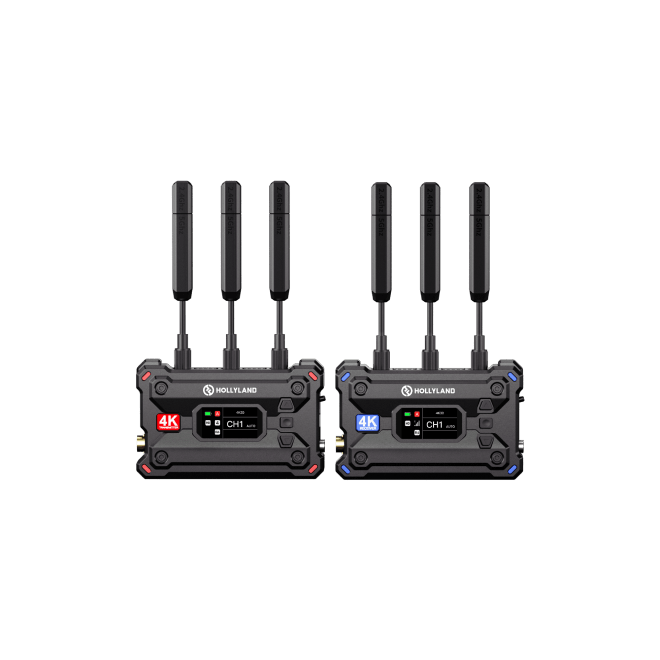
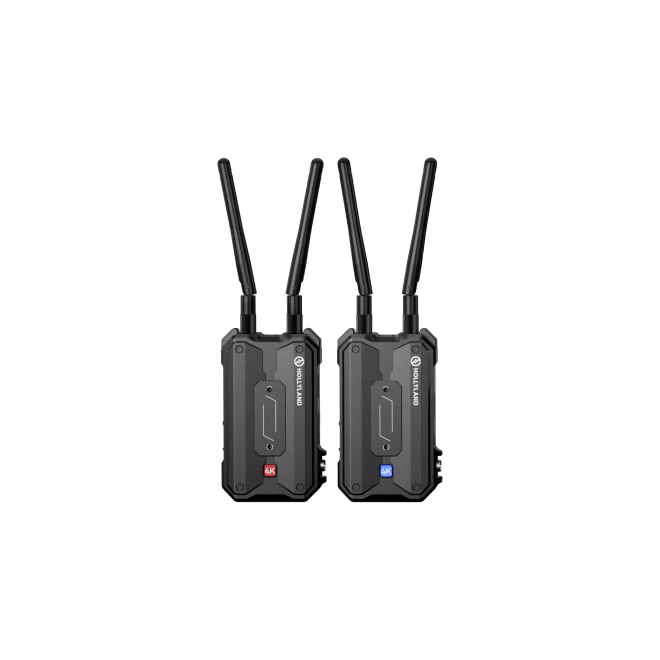
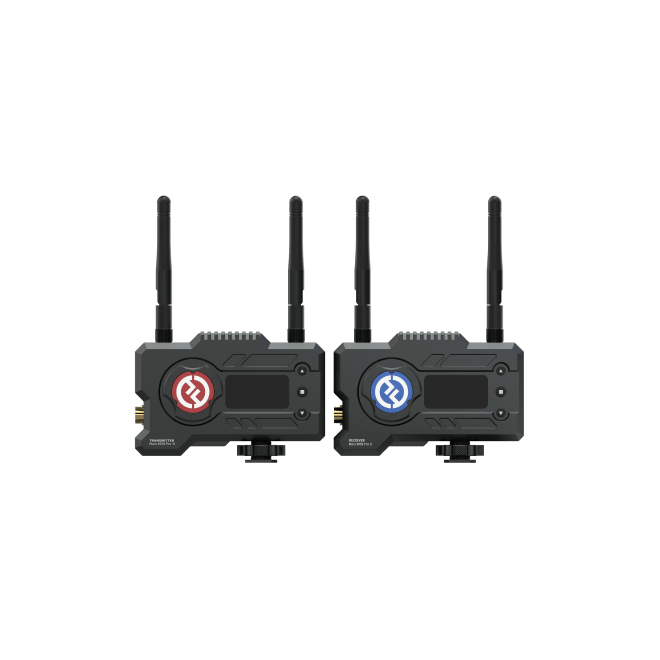
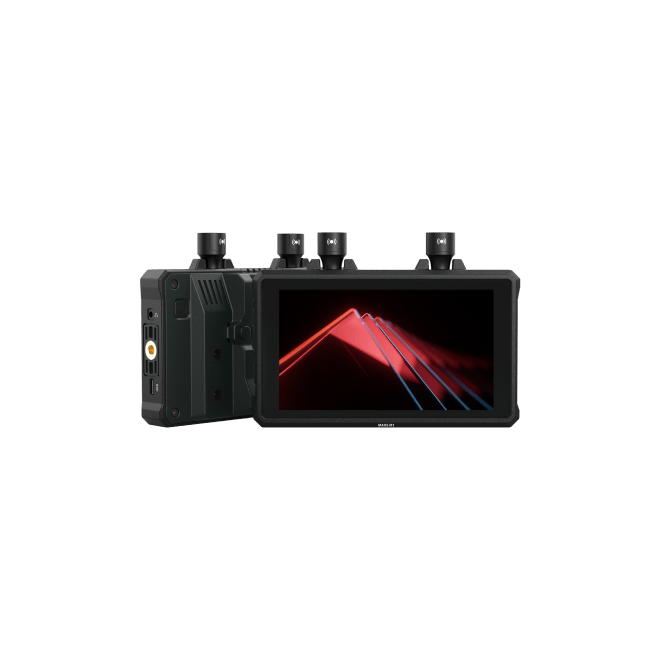
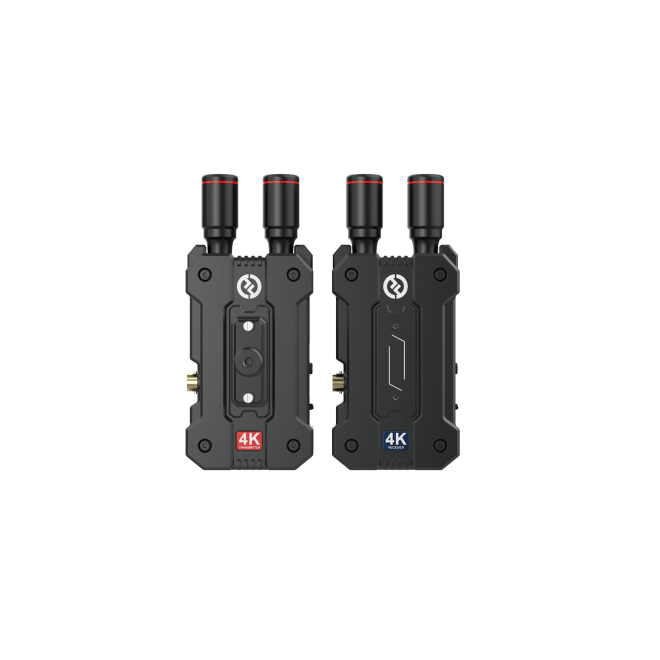
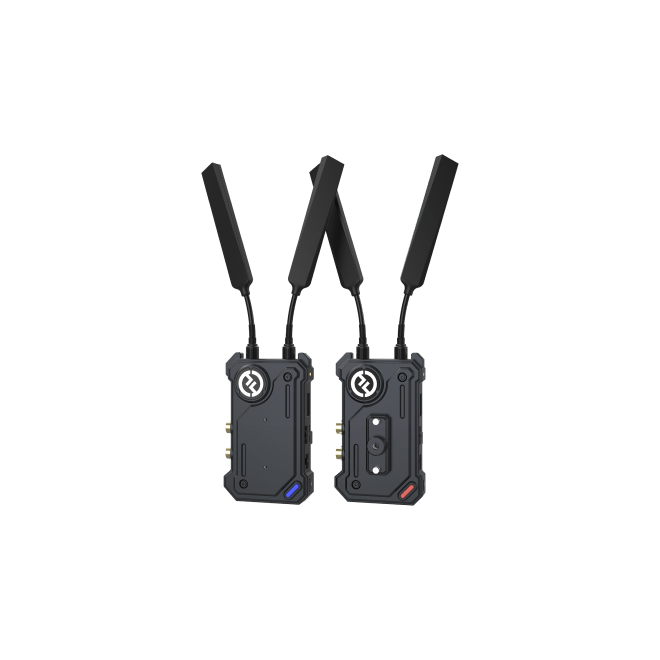
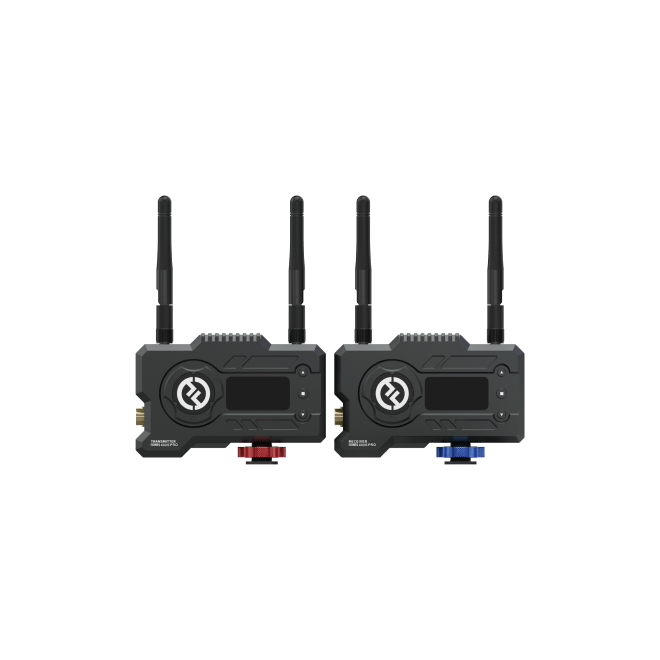
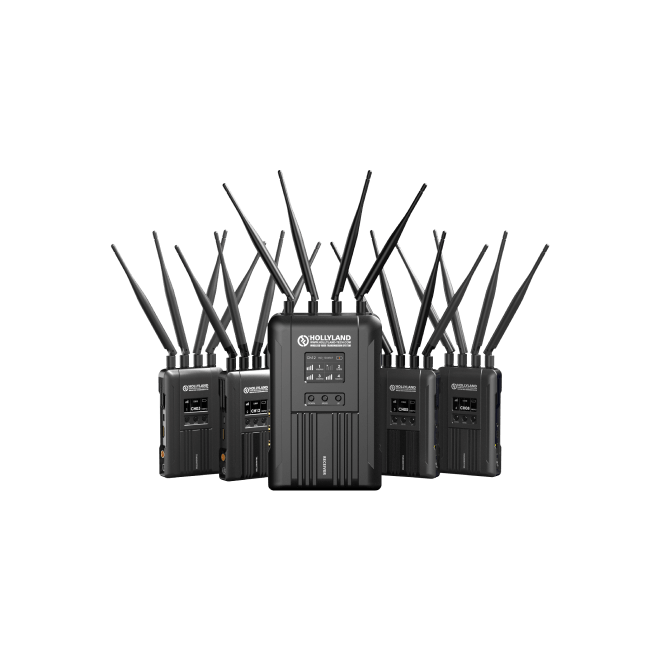


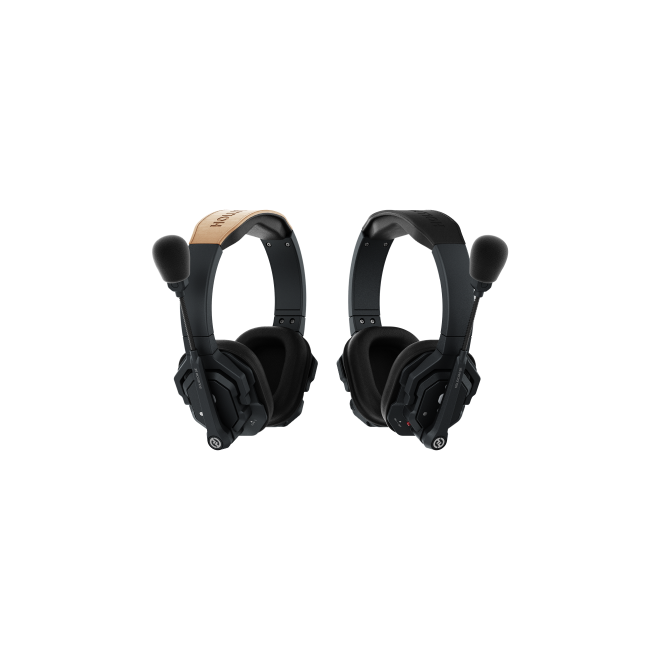
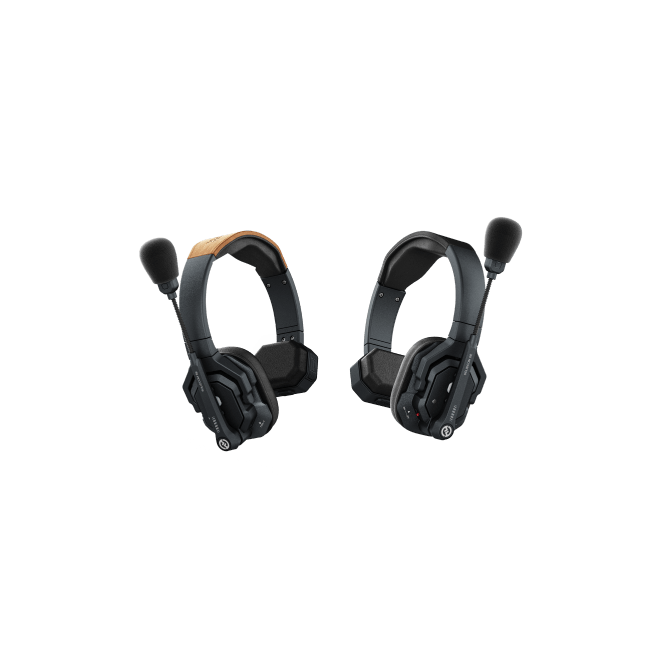
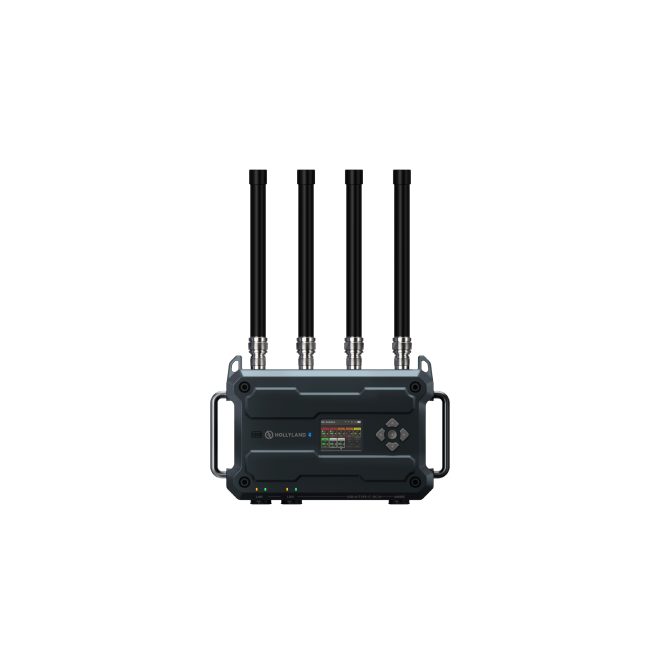
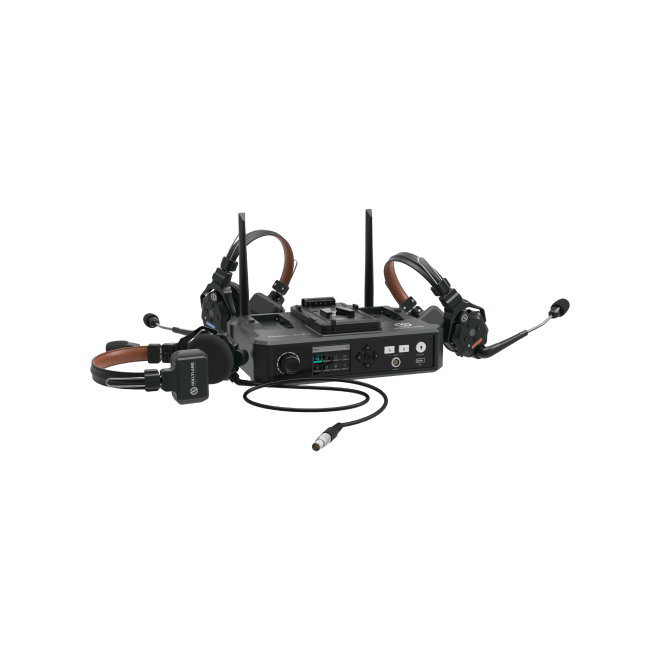
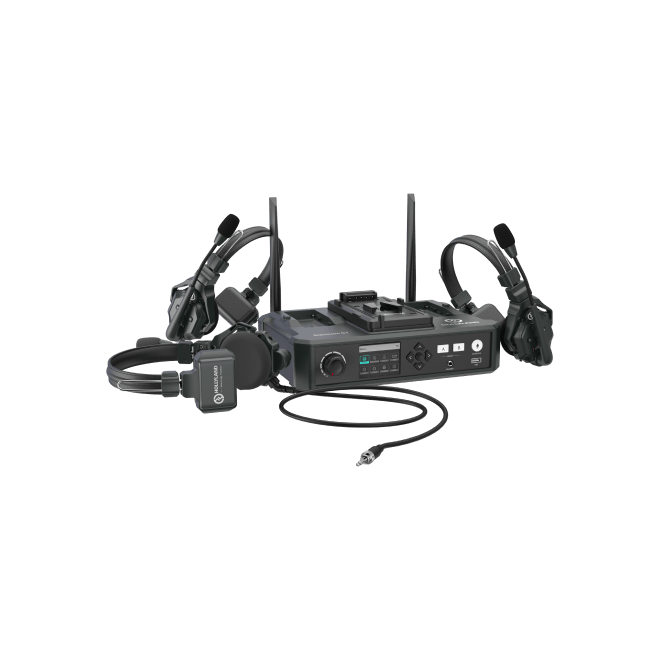
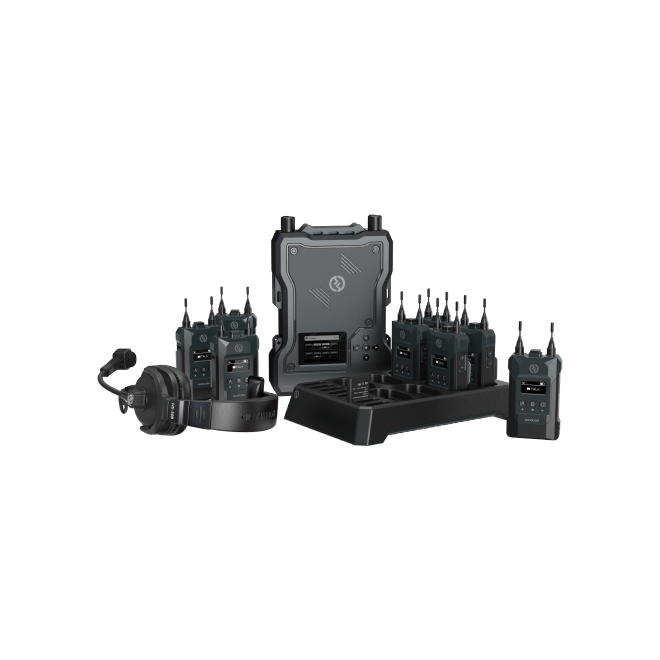
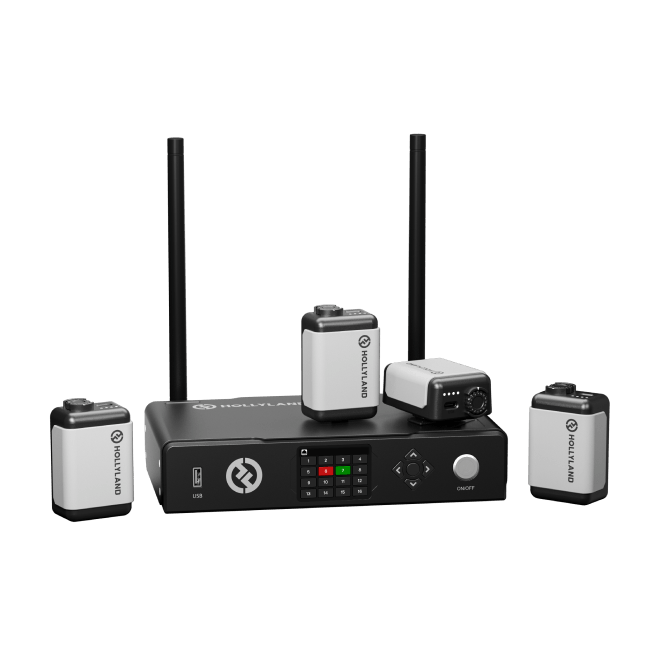
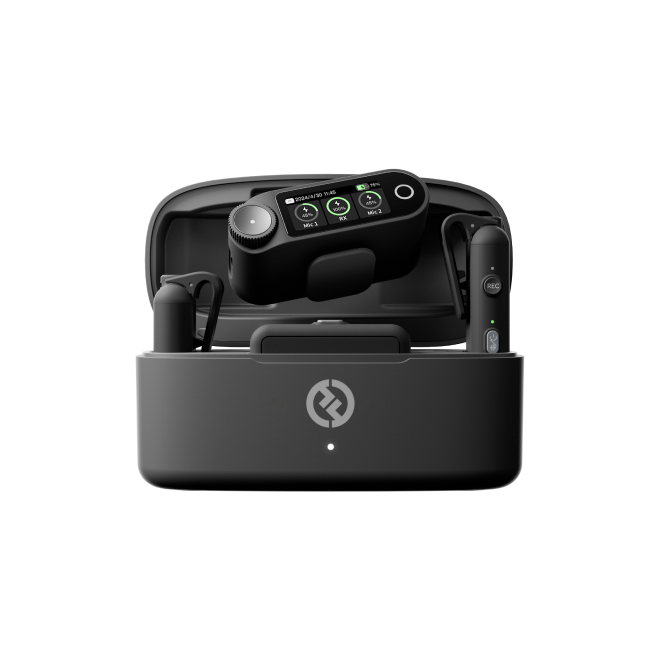


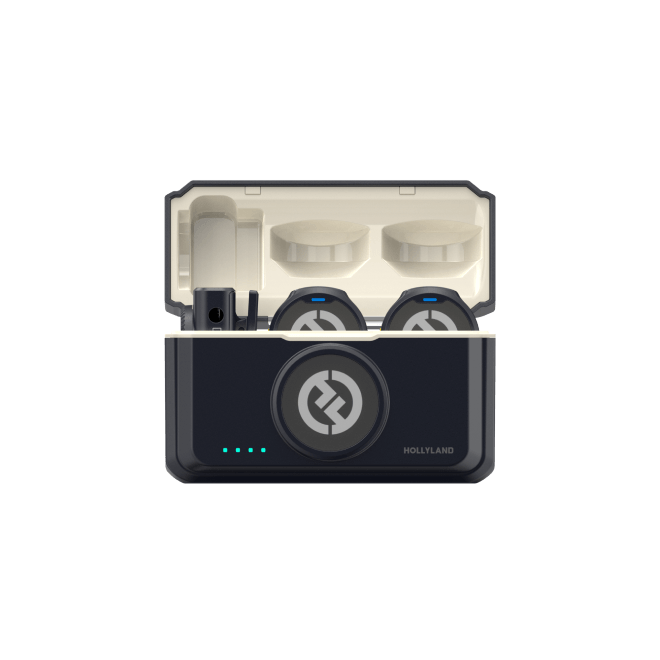
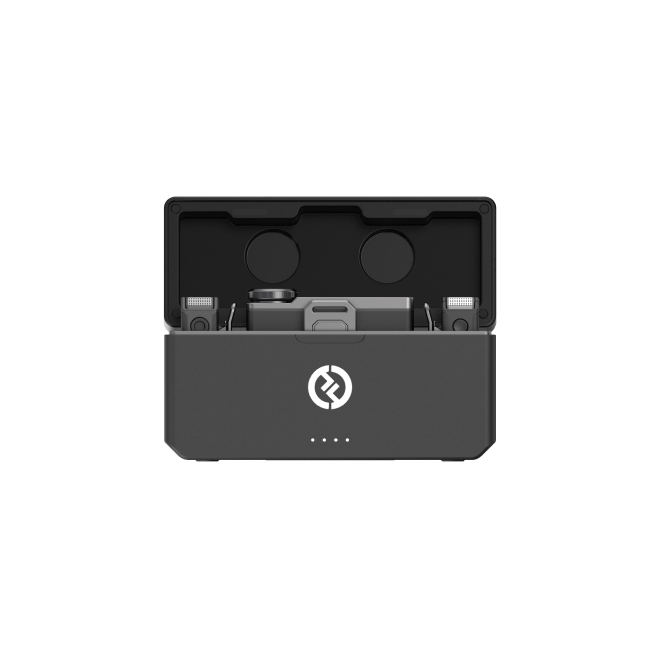
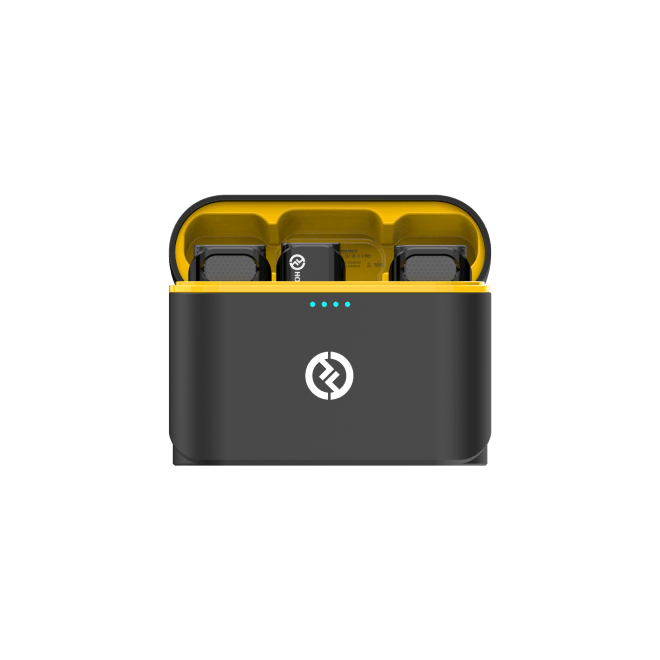
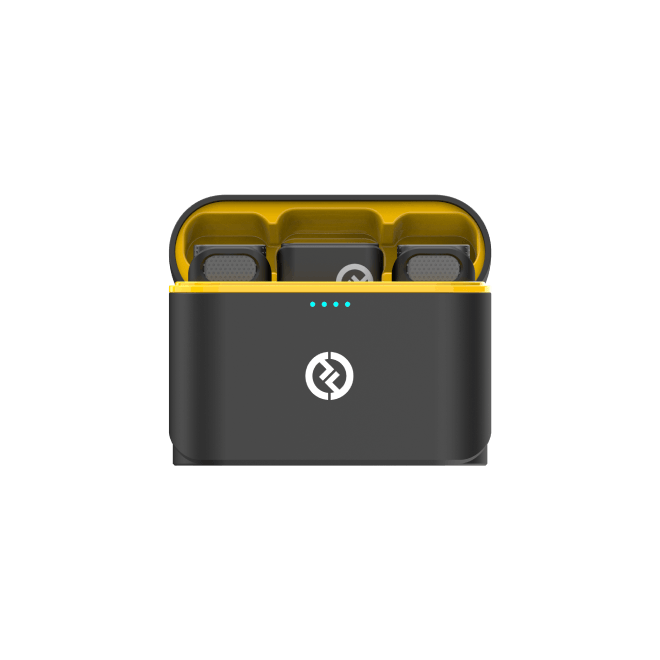
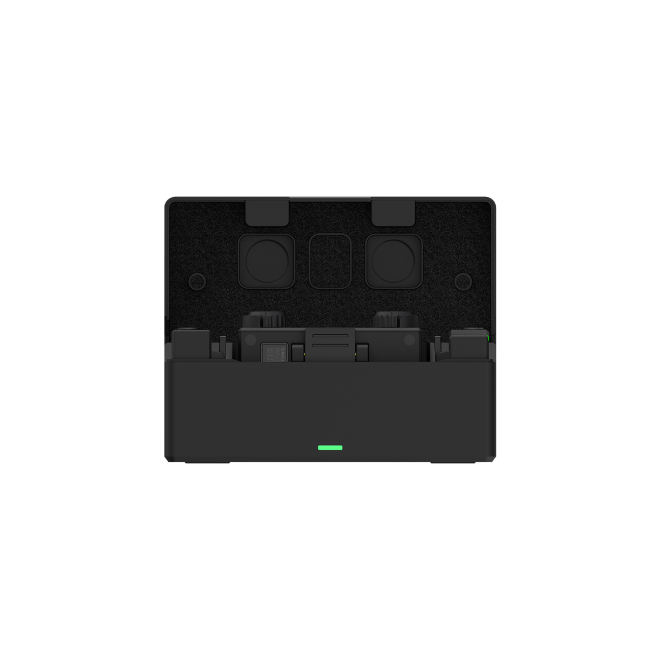
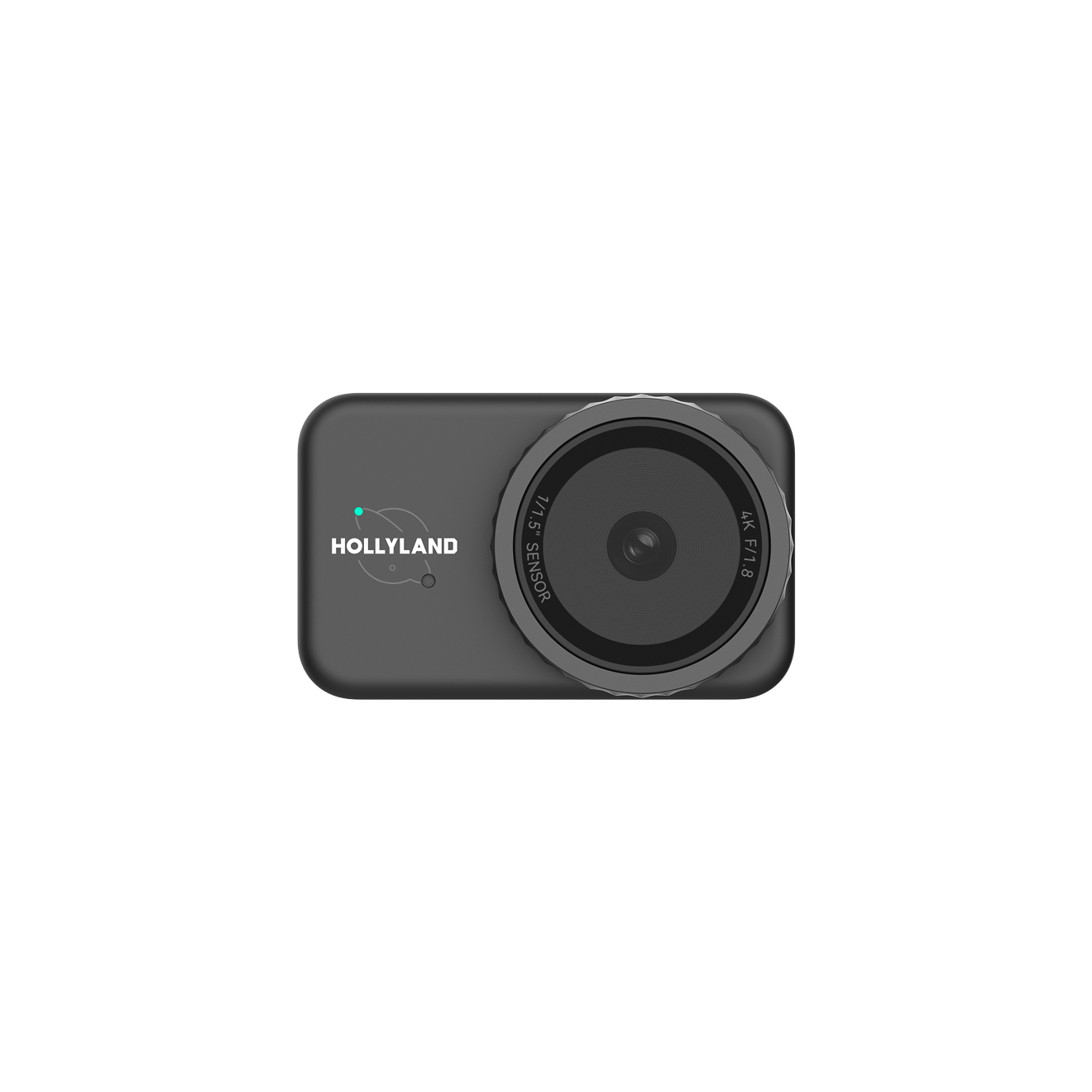

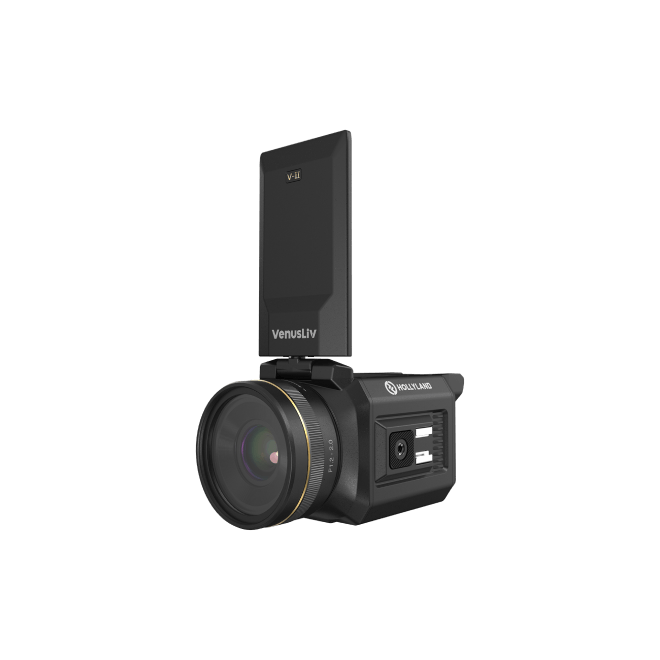
.png)
.png) Français
Français .png) Deutsch
Deutsch .png) Italiano
Italiano .png) 日本語
日本語 .png) Português
Português  Español
Español 


